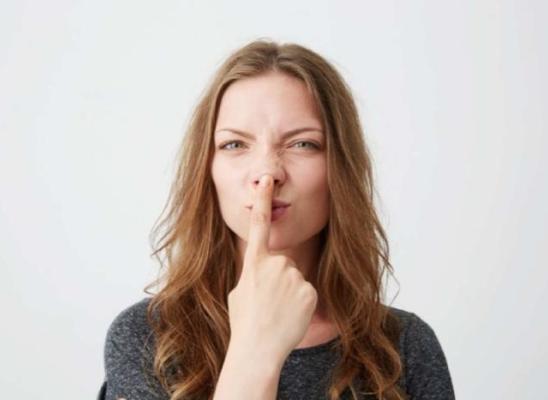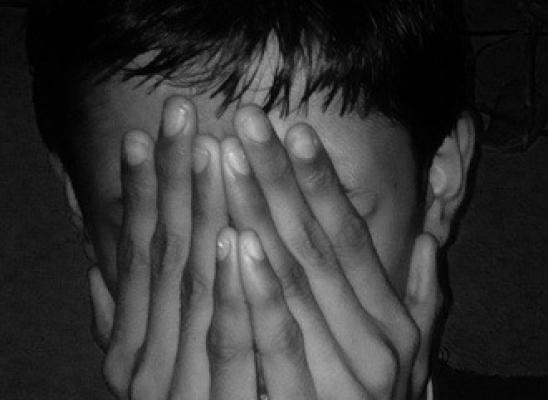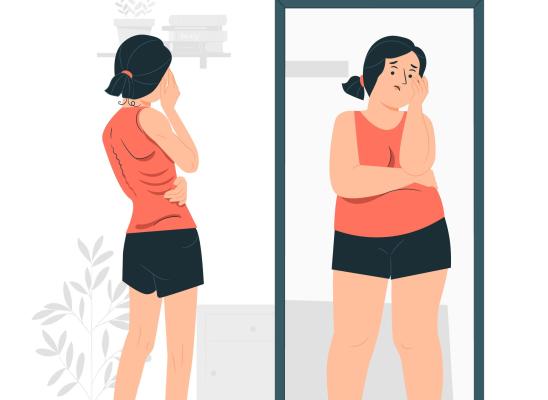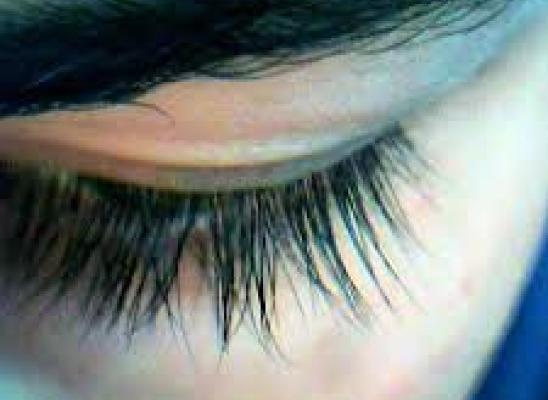Compulsions: Dealing with the Urge to Pull

Online test
Find out the severity of your symptoms with this free online test
Trichotillomania, commonly referred to as hair pulling, is characterized by compulsive hair pulling that results in significant hair loss, emotional distress, and impaired interpersonal functioning. It’s more than just twisting, twirling, and tugging, and it’s not just a “bad habit”. Trich is driven by sometimes irresistible urges to pull one’s hair. But just what is a compulsion and how can understanding them help with treating trich? In a new Trichstop.com webinar, Dr. Sofia Wenzler explores compulsions and what you can do to gain control over them.
What Is A Compulsion?
In general, a compulsion is a strong feeling or urge to do something (that you may not want to do) repeatedly. While there are many ways to define compulsion, Dr. Wenzler notes that at the core definition of a compulsion is a repetitive, hard-to-control, and unwanted behavior or urge that when acted upon relieves some kind of distress.
Compulsions don’t happen in a vacuum, and they are not all the same. In fact, when you look closely at compulsive behaviors, you can identify antecedents (triggers) that result in certain consequences (behaviors). For some, those triggers may be mental (thoughts or feelings). For others, triggers may be related to physical sensations. Still for some, they may experience both.
For people living with hair pulling or another Body-focused Repetitive Behavior (BFRB) , they may experience both distressing emotions and/or physical sensations such as feelings or boredom, or the texture or feel of the hair or skin. The response of picking or pulling is thought to help alleviate emotional distress.
In general, compulsive behaviors are usually performed to:
- Avoid some obsessive fear from happening
- Reduce feelings of distress related to obsessive thoughts
- Make things look or feel “just right”
Over time, these behaviors can become habitual or part of the person’s response repertoire. How does that happen?
The Cycle of Compulsions
Compulsions don’t just happen. They actually develop over time and are cyclical in nature.
We all have intrusive and distressing thoughts from time to time. Often, we can brush them aside. Sometimes though, those thoughts take on greater meaning and get interpreted as problematic. This increases the time spent thinking about them and they’re on repeat. This is the start of obsessive thinking.
These unwanted thoughts also generate a lot of anxiety and emotional distress. Over time, you find ways to alleviate that distress. While these actions may bring immediate relief is it short-lived and ushers in even more emotional distress. You try really hard not to have those distressing thoughts or feelings, but they keep coming so you keep doing what brings that immediate relief, even when it’s not what you want to do. Before you know it, you’re in a cycle of trying to control the distress.
Sometimes, breaking that cycle can feel impossible. The good news is that there are strategies that you can use to break the cycle.
Breaking the Cycle
Dr. Wenzler suggests that the cycle offers a number of opportunities to break the cycle of hair pulling and shares some of those strategies that may be used as part of treating hair pulling and other BFRBs.
Awareness – The first step in breaking the cycle is to understand what your experience is. Hair pulling is a highly heterogeneous disorder, meaning that people can experience it in very different ways.
Journaling can be a great way to increase awareness and help you gain insight into your pulling:
- What’s your pulling style? For example, some people tend to engage in more automatic pulling while others are predominantly focused in their pulling.
- Where do you pull? Is it more at home, at school, in your room?
- How often do you pull? Dr. Wenzler offers a simple visual strategy for increasing frequency awareness. She suggests putting a penny in your pocket every time you find yourself pulling as a way to keep track of how often you’re pulling.
- What triggers your pulling? Take some time to think about what situations or feelings tend to trigger your pulling.
Stimulus Control – The idea behind stimulus control is to reduce the number of times you get triggered to pull. Having awareness of your triggers means you can do things to reduce the chances of encountering them.
Dr. Wenzler shares five common ways to exercise stimulus control include:
- Remove Or Reduce the Trigger – For example, if tweezers are a trigger, remove them. If stress is a trigger, practice breathing strategies or meditation or other activity that helps you reduce stress.
- Change Your Routine – For example, if watching TV alone in your bedroom is a trigger, watch TV in the living room with others present or do something else like crossword puzzles or knitting.
- Create Physical Barriers – Wearing gloves or a head scarf can create a physical barrier to hair pulling.
- Bitter-tasting Products – For people whose picking or pulling involves the mouth (e.g., trichophagia, onychophagia), applying bitter-tasting products to the area you’d pick or pull might deter the behavior.
- Maintain Good Skin Care – Keeping hair and skin healthy helps to reduce areas of perceived imperfection or textural triggers. A healthy routine can also reinforce a positive sense of well-being.
Dealing with Triggers
Of course, you can’t eliminate every single trigger. They happen, sometimes when you least expect it. So, what can you do if you find yourself triggered?
Mindfulness has been found to have a positive effect on behavior change. Dr. Wenzler recommends practicing mindfulness and grounding techniques. By increasing your awareness of the trigger and intervening to reduce the distress, you can disrupt the cycle. Being mindful and intentional helps you disconnect the distressing feelings from unwanted behavior, in this case hair pulling. Mindfulness allows you to be in the moment and more aware of what is happening. Instead of simply reacting to the feelings, you can intervene and do something that brings you back to a place of stability. Over time, practicing mindfulness in this way can weaken the cycle.
Some of the many ways to practice mindfulness include:
Body Scanning – This mindfulness technique involves scanning your body for any sensations of pain, tension, or any sensations that feel out of the ordinary. Body scanning helps to connect you to yourself physically and emotionally.
Grounding Techniques – These strategies allow you to use your senses to increase awareness in the moment. One of the most popular grounding techniques is known simply as 5-4-3-2-1:
Sit quietly and identify:
5 things you can see
4 things you can feel
3 things you can hear
2 things you can smell
1 thing you can taste
For more details on these strategies, check out Dr. Wenzler’s video.
Habit Reversal
Habit Reversal Training has long been considered the gold standard for treating hair pulling and other BFRBs. Habit reversal strategies are intended to disrupt and prevent the unwanted behavior by doing something else that competes with the pulling. When you feel the urge to pull, examples of things you can try including:
- Clasping your hands together
- Clenching your hands into fists
- Pressing your tongue against the roof of your mouth
- Making circular motions such as rubbing your thumb in a circle around your finger
Self-compassion
Learning to manage your hair pulling takes time and it takes practice. Some strategies may help. Others may not. You may have periods when you’re pulling and times when you are able to successfully manage. All of these situations are normal and part of the healing process.
As you navigate the process, it is important to practice self-compassion. Self- compassion allows you to acknowledge the struggle and give voice to the feelings you have. Compassion allows you to give yourself grace when it gets hard and helps you to continue the healing process. In fact, studies have found that increasing self-compassion can help to decrease emotional dysregulation.
Conclusion
There are things you can do to break the cycle of compulsion. You are not alone and treatment can help. For more information about hair pulling, visit Trichstop.com and subscribe to the Trichstop.com newsletter. You can also subscribe to the Trichstop.com YouTube channel to stay up-to-date on new video releases.
References
1. https://www.youtube.com/watch?v=95QJmZLWszY
2. Schuman-Olivier, Z., Trombka, M., Lovas, D. A., Brewer, J. A., Vago, D. R., Gawande, R., Dunne, J. P., Lazar, S. W., Loucks, E. B., & Fulwiler, C. (2020). Mindfulness and Behavior Change. Harvard review of psychiatry, 28(6), 371–394. https://www.ncbi.nlm.nih.gov/pmc/articles/PMC7647439/
3. Eichholz, A., Schwartz, C., Meule, A., Heese, J., Neumüller, J., & Voderholzer, U. (2020). Self-compassion and emotion regulation difficulties in obsessive-compulsive disorder. Clinical psychology & psychotherapy, 27(5), 630–639. https://pubmed.ncbi.nlm.nih.gov/32222000/
Online test
Find out the severity of your symptoms with this free online test
Start your journey with TrichStop
Take control of your life and find freedom from hair pulling through professional therapy and evidence-based behavioral techniques.
Start Now



